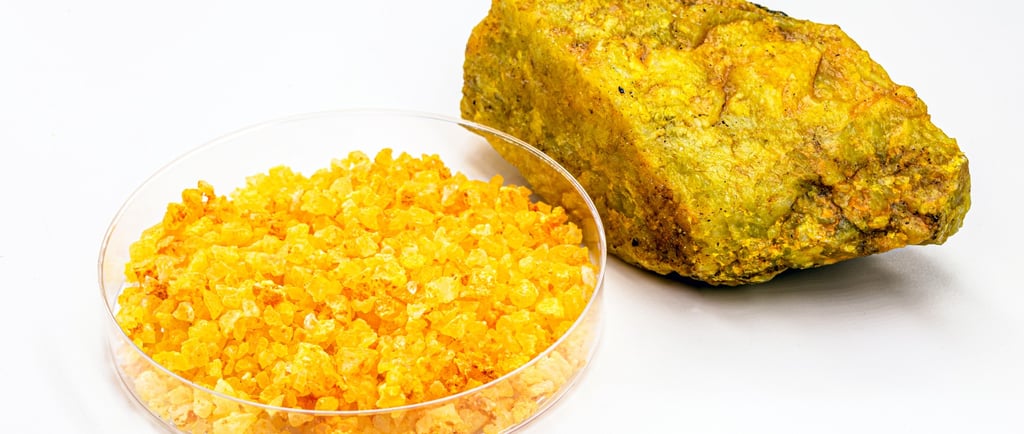Do You Know the Incredible Power of Uranium
#Uranium, #NuclearEnergy, #AtomicPower, #CleanEnergy, #NuclearReactor, #ScienceFacts, #SpaceEnergy, #Uranium235, #WorldWarHistory, #DoYouKnow, #Power of Uranium
TECH & SCIENCE
8/3/20252 min read


Uranium—this silvery-grey metal hidden beneath Earth’s crust—holds immense power that has shaped world history, fueled scientific revolutions, and sparked ethical debates. Though most people associate it only with nuclear bombs, uranium's true potential stretches far beyond. Let’s dive into the astonishing facts behind this powerful element.
1. Uranium Is Naturally Radioactive
Uranium emits radiation naturally. It decays very slowly, making it a constant source of energy over millions of years. Its radioactivity was first discovered by French physicist Henri Becquerel in 1896, which eventually led to the birth of nuclear science.
2. It’s Older Than Earth Itself
Uranium was formed in supernovae billions of years ago—long before Earth existed. It arrived here during the formation of our solar system, making it one of the oldest elements found on Earth.
3. Key Fuel for Nuclear Power Plants
Uranium-235, one of its isotopes, is used as fuel in nuclear reactors. When its atoms split in a process called fission, they release massive amounts of energy that generate electricity without emitting carbon dioxide.
4. A Single Pellet Can Power a Home for Days
One uranium fuel pellet (about the size of a fingertip) can produce as much energy as one ton of coal, 149 gallons of oil, or 17,000 cubic feet of natural gas. This makes uranium an extremely dense and efficient energy source.
5. It Played a Role in Ending World War II
Uranium was used in the “Little Boy” atomic bomb dropped on Hiroshima in 1945. This event not only showcased uranium’s destructive power but also changed the course of human history.
6. Not All Uranium Is the Same
Natural uranium consists mostly of Uranium-238 (about 99.3%) and only 0.7% of Uranium-235, the isotope needed for nuclear reactions. To use it in reactors or weapons, uranium must be enriched to increase the concentration of Uranium-235.
7. It’s Found in Your Backyard
Uranium isn’t rare. It’s more common than gold and silver and found in rocks, soil, and even seawater. Some granite countertops even emit tiny amounts of radiation due to their uranium content.
8. Powering Space Exploration
Uranium is used in radioisotope thermoelectric generators (RTGs) to power space missions. NASA’s Voyager probes, still sending data from deep space, rely on uranium-derived plutonium to stay active decades after launch.
9. A Double-Edged Sword
While uranium is a major clean energy source, its mining, refining, and radioactive waste management carry significant environmental and health risks. Safe handling and disposal are essential to prevent disasters.
10. The Future: Nuclear Fusion and Thorium
Though traditional uranium fission powers today’s reactors, scientists are exploring uranium’s role in next-generation technologies like nuclear fusion or combined systems with thorium, which may offer even safer and more sustainable energy.
Conclusion:
Uranium is one of the most powerful and paradoxical elements known to mankind. From lighting homes to threatening humanity’s survival, it holds the key to both our destruction and our advancement. Whether it continues to serve as a cornerstone of global energy or evolves into something even greater, uranium will remain a central figure in the story of science and society.
Knowledge
Empowering minds with reliable educational content daily.
Newsletter Signup
© 2025 DoYouKnow. All rights reserved.
Stay Ahead of the Trends – Join Our Newsletter
